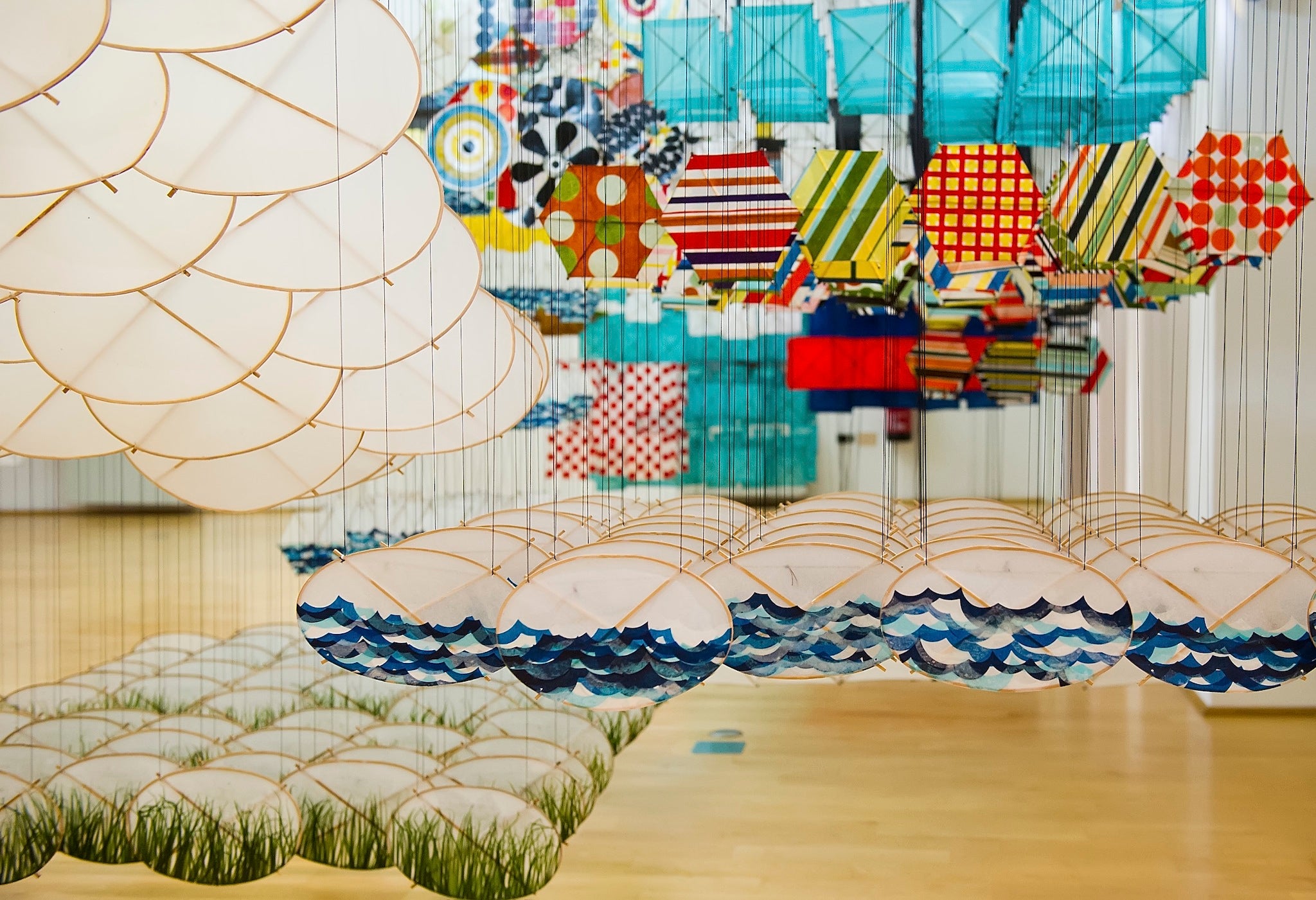
Your support helps us to tell the story
From reproductive rights to climate change to Big Tech, The Independent is on the ground when the story is developing. Whether it's investigating the financials of Elon Musk's pro-Trump PAC or producing our latest documentary, 'The A Word', which shines a light on the American women fighting for reproductive rights, we know how important it is to parse out the facts from the messaging.
At such a critical moment in US history, we need reporters on the ground. Your donation allows us to keep sending journalists to speak to both sides of the story.
The Independent is trusted by Americans across the entire political spectrum. And unlike many other quality news outlets, we choose not to lock Americans out of our reporting and analysis with paywalls. We believe quality journalism should be available to everyone, paid for by those who can afford it.
Your support makes all the difference.While the pavilions at this year’s Biennale attempt to outdo one another in terms of architectural grandeur and artistic wackiness, to wander through them is a joy. And if the colossal range of art isn’t enough, the people-watching is fantastic.
The wealthy, the weird, and the art-loving have turned up to sip bellinis in the Venetian sunshine and contemplate everything from mounds of conceptual rubble (Spain) to graffiti art that appears to write itself onto the gallery wall (Venezuela). The quality of the art is varied but the range is thrilling.
Artist Vadim Zakharov has created an installation in the Russian Pavilion that is both enchanting and politically charged. Female visitors are handed transparent umbrellas and ushered into a room wherein gold coins rain down the ceiling; men are barred. Upstairs, a suited and stony-faced bureaucrat keeps watch over bags of money. A flow of cold hard cash runs throughout the gallery. This political allegory works to brilliant (and bewildering) effect.
The Finnish Pavilion is another highlight. Artist Terike Haapoja has transformed the gallery into a cross between a post-apocalyptic moonscape and a zen garden. Pools of still water are interspersed with trees fitted with censors. Visitors are invited to talk to the trees, which respond by breathing harder. Their strange scientific petals open. The experience is eerie and poetic.
The Israeli Pavilion is likewise fascinating. Artist Gilad Ratman has made a film of hippies tunnelling through the bowels of the earth and emerging into a gallery. They set up a workshop and mould clay into busts; faces take shape. The hippies claw at the eyes and mouths they have created, before burrowing microphones into the clay heads and howling strange incantations. Like a ship of fools, this is art made feral and disturbing.
The Encyclopaedic Palace is this year’s international art exhibition, in which a performance art piece by Tino Sehgal takes place in a gallery filled with the drawings of visionary educationalist Rudolph Steiner. They are diagrams of ideas in electrically bright colours on black paper. The Palace is named after a 1955 design proposal for “an imaginary museum” by Italian-American artist Marino Auriti that would “house all worldly knowledge.”
While the deluxe yachts line up outside the Giardini and the champagne corks pop, much of the art here retains some revolutionary zeal. It seems to delight in poking fun at the only people who can afford it.
1st June – 24th November
Join our commenting forum
Join thought-provoking conversations, follow other Independent readers and see their replies
Comments